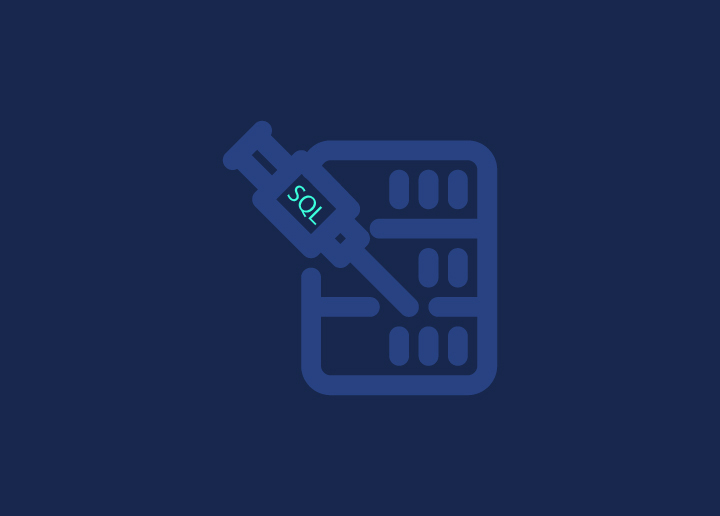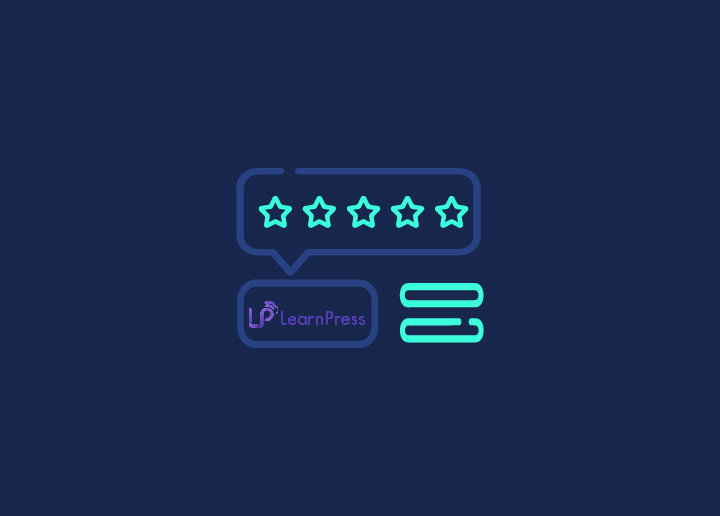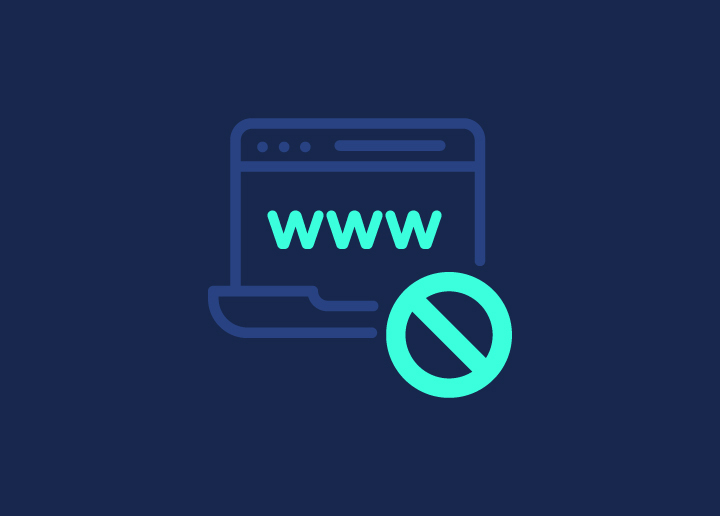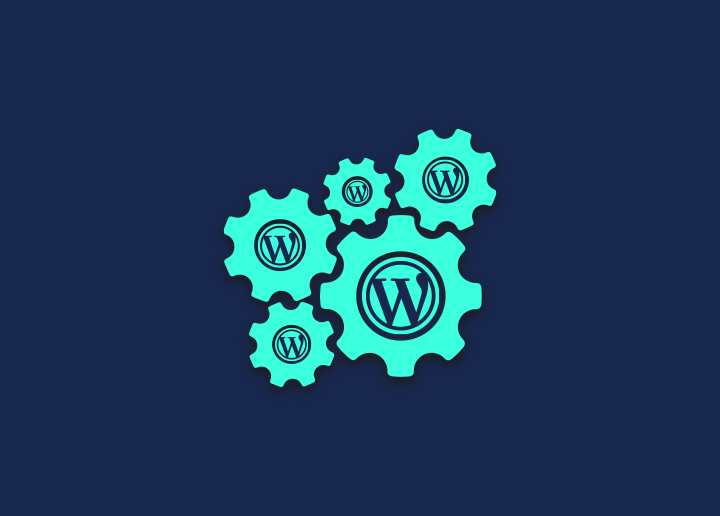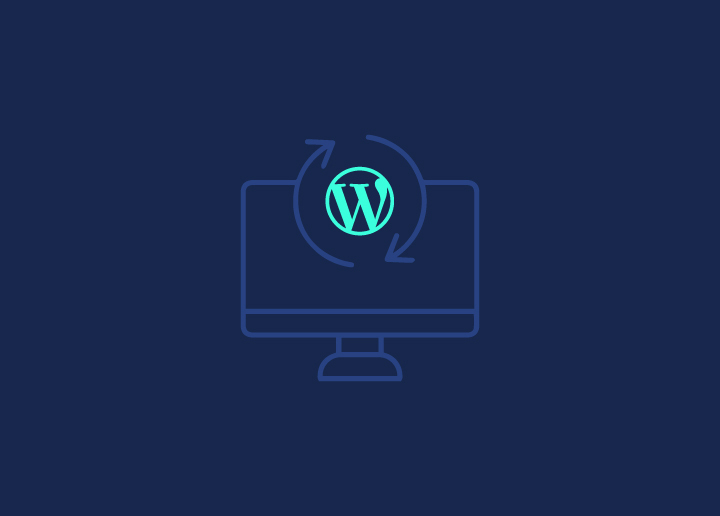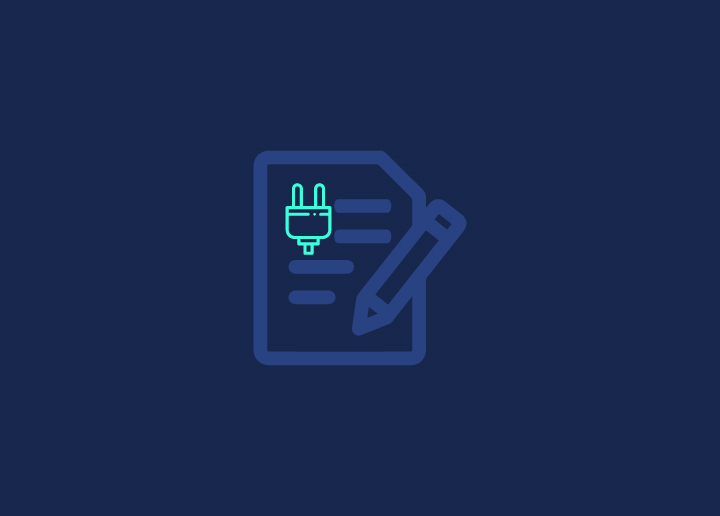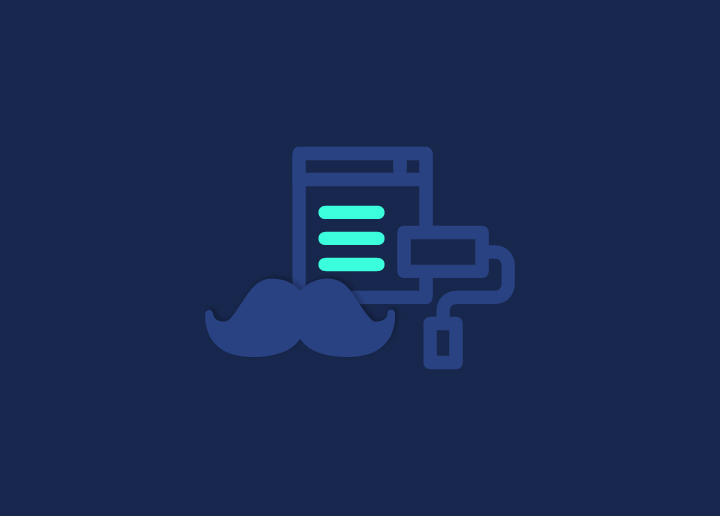Introduction
Non-technical individuals who want to build and administer a website can benefit from WordPress. One of the most significant benefits is all you can do without altering your WordPress website’s core files.
However, some actions, such as constructing 301 redirects or forcing HTTPS on your website, involve editing a WordPress core file. This file is called .htaccess, allowing you to customize various settings on your website.
By default, .htaccess only performs a few duties relating to your site’s permalinks. Still, it may be expanded and changed to perform various activities, such as redirecting users to your site or enhancing its security.
What is a .htaccess file?
.htaccess is the configuration file used by the Apache web server. It’s a secret file in your website’s root folder that includes rules for how the webserver should work.
WordPress’s settings are saved in .htaccess by default. However, professional users can change the file explicitly to customize their website and fix problems.
All web servers do not use the .htaccess file. Your WordPress hosting provider, for example, does not use Nginx or Microsoft Windows Server, so your website will not have an a.htaccess file.
What is the function of the .htaccess file in WordPress?
WordPress maintains some of its configurations in the .htaccess file by default. For example, whenever it edits URLs to make them more accessible to people and search engines, it uses .htaccess.
You can specify a URL structure for your blog in Settings » Permalinks, and WordPress will automatically rewrite your .htaccess file accordingly.
If you use W3 Total Cache, the plugin will modify your .htaccess file to enable cache and optimization functions.
How to configure and access the .htaccess file?
Manually altering the .htaccess file is unsafe because, if configured incorrectly, it might result in serious server issues. Your .htaccess file should instead be saved on your computer as a backup. In case of a problem, this will be helpful.
The .htaccess file is sometimes not written by WordPress, prompting you to edit it manually. Make sure you just replicate the precise content provided by WordPress.
A file manager feature in the WordPress hosting control panel or an FTP client should be available to view the .htaccess file. If you’ve never used FTP before, check out our tutorial on posting files to WordPress via FTP.
Your WordPress site’s root directory should contain .htaccess. However, because the server’s filenames that begin with a period are deemed secret, your FTP client might not even show the file first.
If you cannot view these files, you must turn on your FTP client’s Show hidden files option. If you still can’t discover your .htaccess file, check out our WordPress.htaccess file location instructions.
Conclusion
We hope this post taught you more about WordPress’s .htaccess file. On our blog page, you may also find related articles on WordPress best practices, troubleshooting techniques, and other tips.
However, we at Seahawk Media provide the best of all the services to meet your end-to-end WordPress needs. Contact us or check our blog page for more insights to know more about our services.








